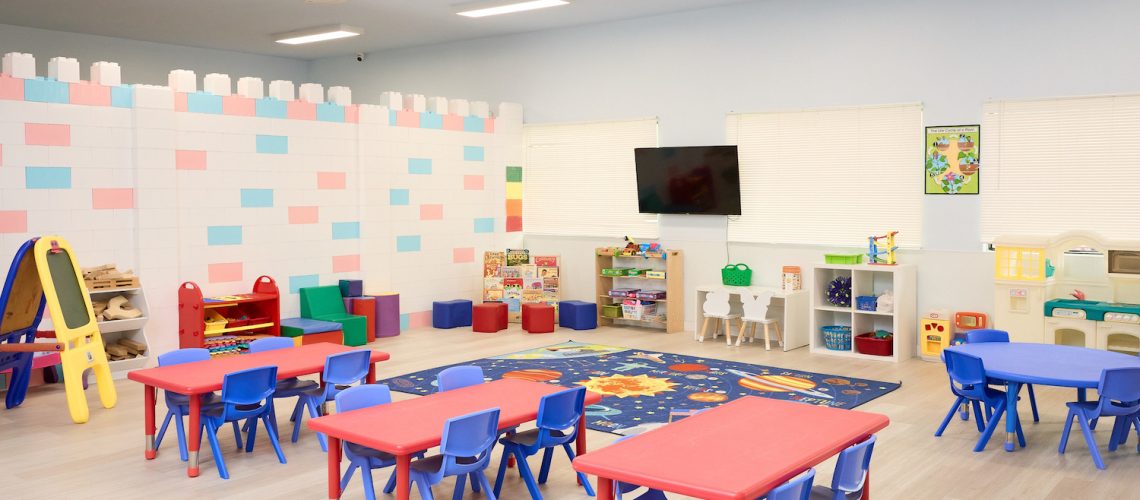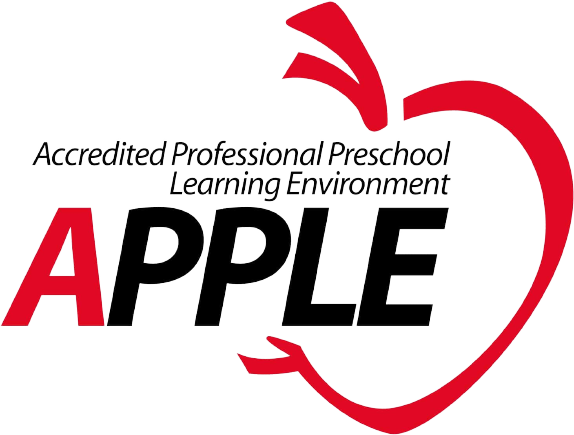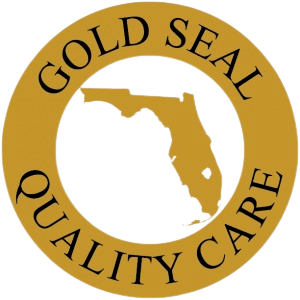Hey there, mommies! Today, I want to share with you the incredible school culture at Davie Academy, a private preschool located in Davie, Florida. As new moms, we know how crucial it is to choose the right educational environment for our little ones. Davie Academy stands out from the crowd by prioritizing a strong school culture that promotes a welcoming atmosphere, open communication, and engaging activities. Join me as we explore why school culture matters and how Davie Academy excels in creating an exceptional early childhood education experience.
A Welcoming Environment: From the moment you set foot outside Davie Academy, you’ll notice the inviting atmosphere. The vibrant colors and well-maintained building create a cheerful and safe space for our little learners. The school’s prime location on a major road allows it to be a visible and proud part of the community. This attention to detail in the physical environment reflects the care and dedication of the directors, teachers, and staff, ensuring that our children have a welcoming place to thrive.
The Friendly “Welcome Committee”: As we enter the building, we are greeted by the friendly faces of the directors and front-desk managers. While following necessary COVID-19 protocols, such as temperature checks and sign-ins, these team members make us feel secure and protected. They play a vital role in fostering a sense of safety for everyone at Davie Academy. No question goes unanswered, no visitor goes unnoticed, and every person is valued and protected through meticulous security measures. The warm welcome from the “welcome committee” is an integral part of the school’s culture and sets the tone for a positive experience.
Strong Teacher-Parent-Student Interactions: At Davie Academy, interaction among teachers, parents, and students is a daily occurrence. Teachers provide a two-minute review of the day during dismissal, keeping parents informed about their child’s progress. Regular emails from teachers update parents on curriculum, grades, projects, and overall success. The small student body enables directors to establish strong relationships with parents, addressing any concerns promptly. Open communication is a cornerstone of Davie Academy’s school culture, ensuring that everyone is involved in their child’s educational journey.
Rooted in Engaging Activities: The heart of Davie Academy’s school culture lies within the classrooms. The school incorporates a comprehensive STEAM (Science, Technology, Engineering, Arts, and Mathematics) curriculum into the daily schedule for all students. This approach sparks curiosity, creativity, and critical thinking skills in our little ones. Through hands-on activities and interactive lessons, Davie Academy nurtures a love for learning, setting the foundation for their future success.
Conclusion: Choosing the right school for our children is a significant decision, and the school culture plays a crucial role in their educational journey. Davie Academy stands out as a leader in early childhood education by fostering a vibrant and inclusive school culture. From the welcoming environment to strong teacher-parent-student interactions, and engaging activities, Davie Academy ensures that every child thrives in a nurturing and stimulating environment. So, fellow mommies, let’s celebrate the exceptional school culture at Davie Academy, where our little ones can flourish and grow!
References: Collinson, C., & Cook, F. T. (2007). Organizational learning: Improving learning, teaching, and leading in school systems. Thousand Oaks, CA: SAGE Publications.Shafer, L. (2018). What Makes a Good School Culture? Harvard Graduate School of Education, 1–3. https://www.gse.harvard.edu/news/uk/18/07/what-makes-good-school-culture



